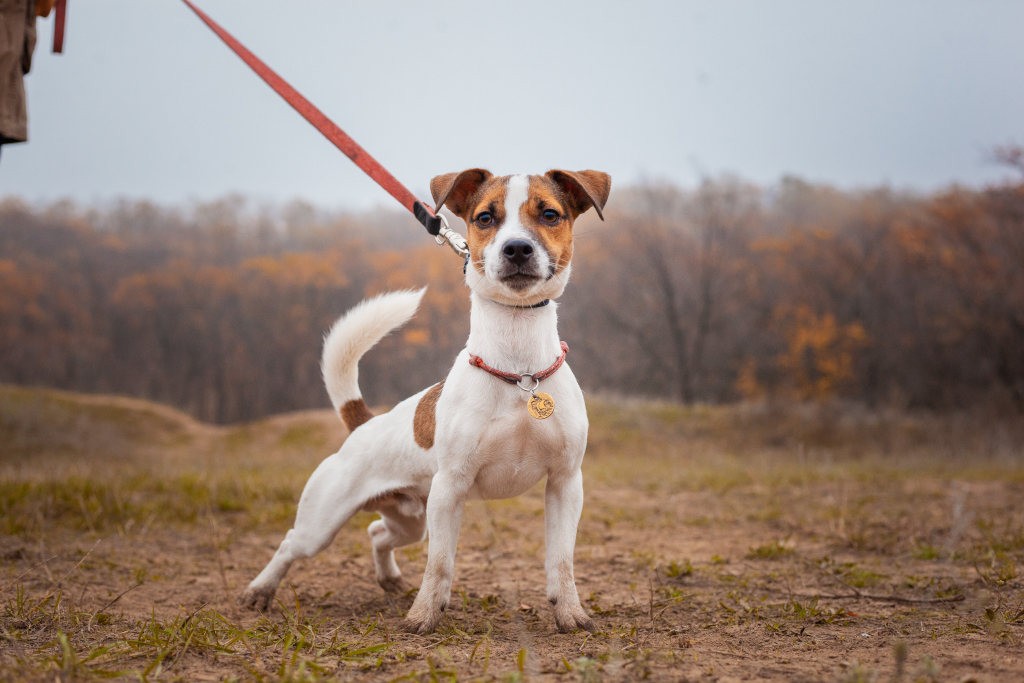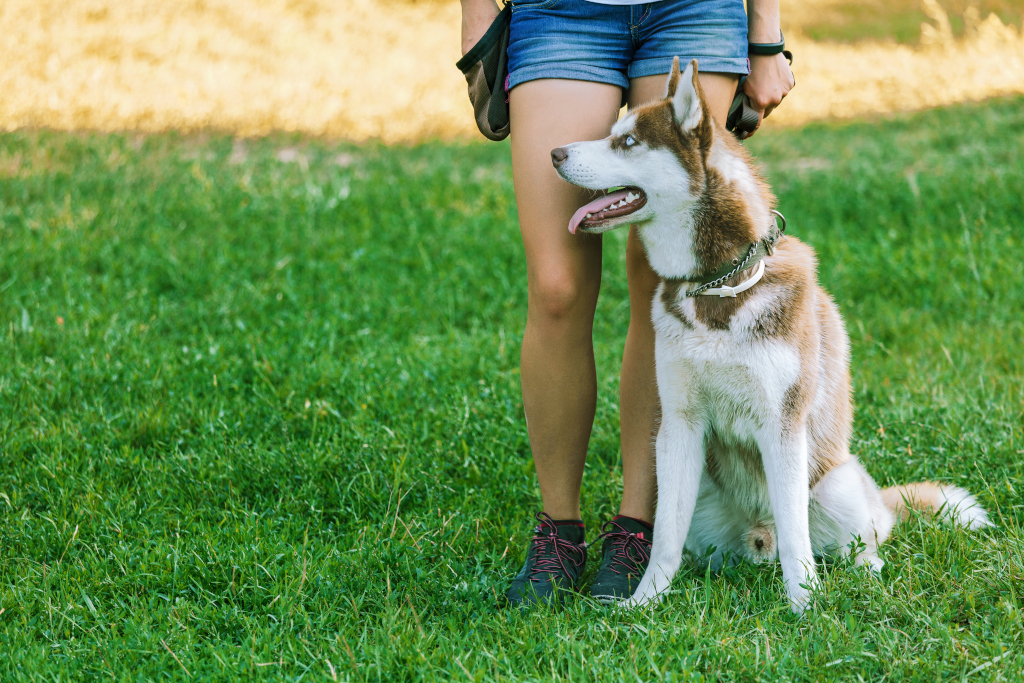
You’ve seen dogs that walk calmly and always stay within a few feet of their owner regardless of what’s going on around them.
You may have also seen dog trainers demonstrating walking their dogs on a loose leash with just two fingers on the lead even if there are distractions nearby, and you’ve always wondered how they do it and thought to yourself, “I wish my dog behaved like that!”
The good news is that teaching your dog leash pressure can help you achieve those same results.
Leash Pressure Work Basics
So what is leash pressure work?
Well. It is about teaching your dog to give in to leash pressure. And you want to help your canine understand leash pressure and train them to yield to it because dogs will instinctively resist physical pressure, also called the opposition reflex. You can probably relate to this when you pull on the leash, and your pup pulls back against you in the opposite direction, resulting in a tug-of-war and dragging you around.
By teaching your four-legged friend not to go against the leash pressure and instead yield or give in to it, they will walk back towards you the moment they feel a slight tension on the lead. In other words, they will not pull or lunge at exciting things that would otherwise cause them to do so. And this is important not only because it makes walking your dog easier and more enjoyable but it can also keep them from injuring themselves.
Some owners may argue that you can simply use a no-pull dog harness or other anti-pulling equipment to prevent your pup from dragging you down the streets. While these tools are great, you don’t want to depend solely on the equipment for your dog’s whole life. Your ultimate goal is that you want them to be able to walk on a loose leash regardless of the type of equipment you use.
So, teaching your furry friend to yield to leash pressure and let them make their own decision of coming back to you should always be the main focus.
Steps to Conditioning Your Dog to Give In to Leash Pressure
#1. Leash Pressure Introduction
The first step in teaching your pup leash pressure is introducing it positively to them. Start by applying a little bit of pressure for a second, then release it immediately and feed them a treat. The purpose of this is to get your dog used to the feeling of leash pressure and build a positive association with it so that it doesn’t come as a surprise when you start teaching them to give in to it.
Pro Tip: Avoid jerking or tugging on the leash, as you don’t want to create a negative experience for your pup and make them fearful of leash pressure. It’s all very gentle and should not cause any discomfort. Also, pay attention to your dog’s body language and stop this exercise if they show signs of unease.

#2. Encourage Your Dog to Shut off the Pressure & Come With You
Next, you will want to condition your dog to shut off the pressure when they feel it by moving in the direction where it is coming from. Similar to step one, you want to apply a slight pressure on the leash, but this time, rather than releasing it yourself, encourage your dog to shut it off. You can do this by luring them with a treat, using the “come” cue, or simply taking a step back in the direction you’re pulling. And as soon as they walk towards you and the leash is loose, praise them and give them the treat.
Pro Tip: The position where you hold the leash when you apply the pressure should always be at your dog’s eye level. Because if you pull up, your dog will sit. And if you pull down, your pup will lie down. Both are not what you want, as the goal is to get your dog to move toward you when the leash is tightened. And yes, if you have a puppy, you’ll want to bend down when you do this.
You May Also Like: How to Teach Your Dog to Come Reliably
#3. Add Distractions
Once your pup understands the meaning of leash pressure, you can start adding distractions to the mix to ensure that, no matter what, they will move toward you whenever they feel a slight pressure on the leash.
The distractions can be anything you know will get your fido’s attention and make them want to pull away from you. For example, you can:
- Put tasty treats on the floor.
- Toss a toy.
- Have someone else walk by with another dog.
When your dog moves toward the stimulus and the leash becomes taut, hold it there for a few seconds to wait for them to turn and walk back to you. And as soon as they do, praise and reward them with a treat. If they don’t, simply use the same technique in step two – entice them with a treat, use the “come” verbal cue, or take a step back.
#4. Practice, Practice, & Practice!
The only way to get your four-legged friend to consistently respond to leash pressure regardless of what stimuli present is to practice, and lots of it! You want to do this in different situations with different distractions until it becomes second nature to them.
Do's While Teaching Your Dog to Yield to Leash Pressure
- Start in an environment with minimal distractions, such as inside your house when you first introduce leash pressure to your dog.
- Pay close attention to your dog’s body language and take a break if they seem uncomfortable.
- Aim for short training sessions multiple times a day rather than one long session.
Don'ts While Teaching Your Dog to Give In to Leash Pressure
- Don’t jerk or pull too hard on the leash.
- Don’t pull up or down when applying pressure.
- Don’t add distractions too quickly.

